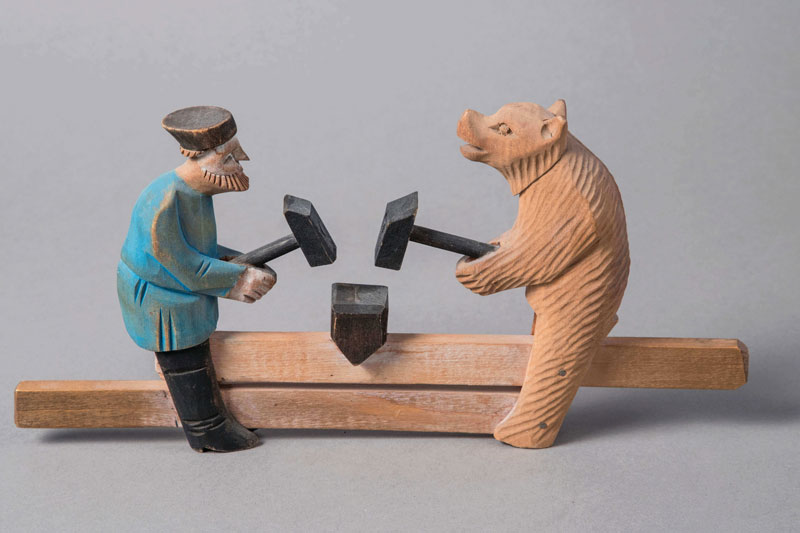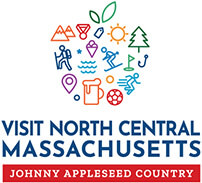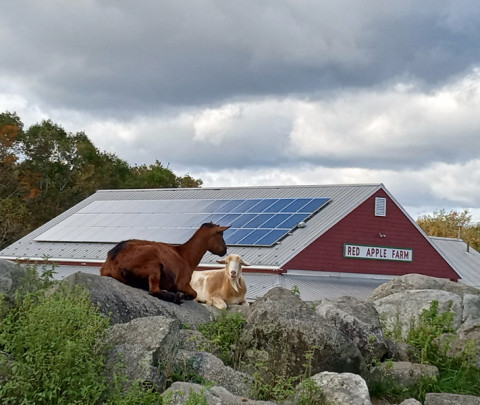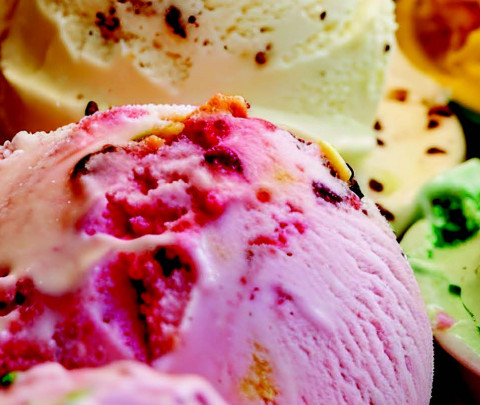Back in the USSR
- Matthew Myers

From October to January, stores, malls,downtowns and individual homes across America are bedecked with glimmering lights, jovial Santas and trumpeting angels.
But step back in time — and space — to the Soviet Union of the last century.
Following the Russian revolution in 1917, the anti-religion Bolsheviks banned Christmas in the Soviet Union, because it was thought to be a pagan festival. The tradition of celebrating New Year’s appeared in 1935 as a secular holiday that would symbolize Soviet children’s prosperity and happiness.
The Christmas tree, or yolka, was repurposed as the main symbol of the celebration — but with all religious references removed.
The Red Army’s ruby star replaced the star of Bethlehem on top and the tree was decorated with ornaments shaped like animals, plants, Kremlin architecture, airplanes, and the hammer and sickle, to name a few.
And after the Soviets launched Sputnik 1 in 1957, figures of cosmonauts, rockets, satellites, and planets became popular. Ornaments that celebrated the country’s achievements in agriculture, such as peppers, grapes, and carrots, were sold during Nikita Khrushchev’s time—the most popular being corncobs because of Khrushchev’s “corn campaign.”
The Russian fairytale figure, Ded Moroz (Grandfather Frost) was said to travel in a horse-drawn sleigh with his beautiful granddaughter, Snegurochka, to deliver gifts to children across Russia. The tradition went away during the Soviet regime, but once religious freedom was reinstated in the 1990s, Ded Moroz made a comeback and is promoted by the government as a way to stop the advance of the western tradition of Santa Claus.
Hop in the Museum’s Time Machine
Need help travelling back to that time and place in not-so-distant history?
The Museum of Russian Icons presents Corncobs and Cosmonauts, an exhibition of Soviet-era ornaments and toys, from
November 9 through January 27. Mostly donated by collector Frank Sciacca, the ornaments come from the former USSR and will be displayed on various sizes of “New Year’s Trees” along with toys, books, and cards that will transform the Museum’s West Gallery into a winter wonderland.
This is a unique opportunity to experience the holiday season, Soviet-style, right here in North Central Massachusetts! See what the season was like, a century ago and half a world away, in downtown Clinton.
About the Museum of Russian Icons: The Museum, located at 203 Union St., Clinton, inspires the appreciation and study of Russian culture by collecting and exhibiting icons and related objects; igniting the interest of national and international audiences; and offering interactive educational programs. The Museum serves as a leading center for research and scholarship through the Center for Icon Studies and other institutional collaborations. It is the only museum in the US dedicated to Russian icons, and it is the largest collection of icons outside of Russia.
Museum hours: Tuesday – Friday, 1 am to 4 pm; Saturday and Sunday, 11 am to 5pm; closed Mondays. Free admission the first Sunday of each month.
Admission: Adults $10, seniors (59+) $7, Students $5, Children (3-7) $5, Children under 3 Free.
For more information please visit museumofrussianicons.org.








